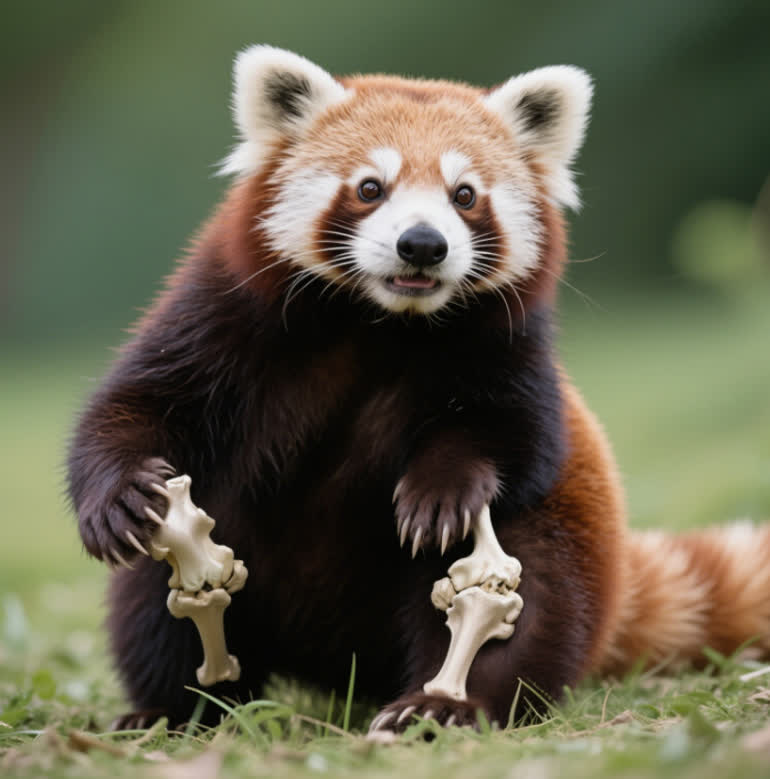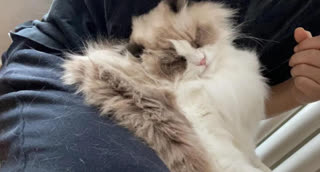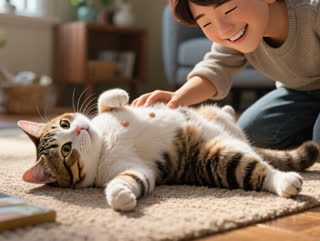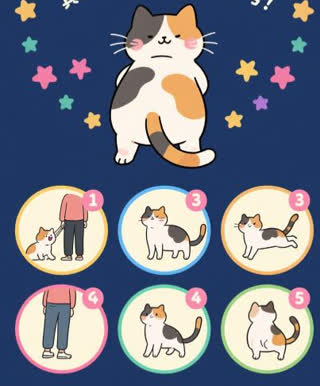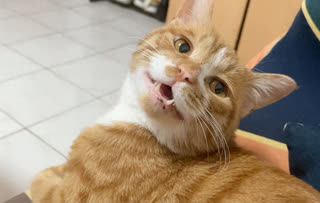Maine Coon cats, renowned for their majestic size and affectionate personalities, are one of America’s most beloved feline breeds. However, their large stature and genetic predispositions make them prone to hip dysplasia—a degenerative joint condition that can severely impact mobility and quality of life. As we advance into 2025, proactive measures for Maine Coon cat hip dysplasia prevention 2025 have become increasingly vital for responsible pet owners. This comprehensive guide explores the latest strategies, from genetic screening to lifestyle adjustments, to safeguard your gentle giant’s joint health.
Understanding Hip Dysplasia in Maine Coon Cats
Hip dysplasia occurs when the hip joint’s ball-and-socket structure fails to develop properly, leading to instability, pain, and arthritis. While genetics play a central role, environmental factors like rapid growth, obesity, and improper exercise can exacerbate the condition. For Maine Coons, whose average weight ranges from 13–20 pounds, the strain on their joints is particularly significant. Early detection through veterinary screenings (e.g., PennHIP or OFA evaluations) is critical, as symptoms like limping, stiffness, or reluctance to jump often manifest later in life.
Genetic Screening and Responsible Breeding
A cornerstone of Maine Coon cat hip dysplasia prevention 2025 lies in addressing hereditary risks. Reputable breeders now prioritize genetic testing to eliminate carriers of hip dysplasia from breeding programs. DNA panels and pedigree analyses help identify cats with healthy hip scores, reducing the likelihood of passing defective genes to offspring. For example, organizations like the Orthopedic Foundation for Animals (OFA) provide certifications for cats with “excellent” or “good” hip ratings, ensuring breeders adhere to ethical standards. Adopting from certified breeders or shelters that conduct health screenings minimizes the risk of inherited joint issues.
Nutritional Strategies for Joint Health
Diet plays a pivotal role in mitigating hip dysplasia progression. Maine Coons require high-quality protein and controlled calorie intake to prevent obesity—a major contributor to joint stress. Key nutrients for Maine Coon cat hip dysplasia prevention 2025 include:
Glucosamine and Chondroitin: These compounds support cartilage repair and reduce inflammation. Supplements like Royal Canin Maine Coon Kitten Food now incorporate these ingredients for early joint support.
Omega-3 Fatty Acids: Found in fish oil, they alleviate arthritis pain and improve mobility.
Controlled Calcium Intake: Excessive calcium during growth phases can accelerate skeletal abnormalities, so balanced formulations are essential.
Exercise and Environmental Modifications
Moderate exercise strengthens muscles around the hip joint, enhancing stability. Low-impact activities like swimming or puzzle-based play are ideal for Maine Coons, while high-impact jumping should be avoided. Environmental adjustments further aid Maine Coon cat hip dysplasia prevention 2025:
Non-Slip Flooring: Rubber mats or carpets prevent slips that strain joints.
Orthopedic Beds: Cushioned beds reduce pressure on hips during rest.
Ramps and Steps: Provide access to elevated surfaces without forcing jumps.
Medical Interventions and Emerging Therapies
For cats already showing symptoms, a combination of NSAIDs (e.g., Meloxicam) and physical therapy can manage pain. Surgical options like femoral head ostectomy (FHO) or total hip replacement (THR) are reserved for severe cases, with THR offering the highest success rates in 2025 due to advanced implant materials. Emerging therapies, such as stem cell injections and gene-editing technologies like CRISPR, show promise in repairing cartilage and correcting genetic mutations linked to dysplasia.
The Role of Regular Veterinary Check-Ups
Annual vet visits are indispensable for Maine Coon cat hip dysplasia prevention 2025. X-rays and palpation exams at 4–6 months old can detect early joint laxity, enabling interventions like weight management plans or puppy-safe NSAIDs. Progressive clinics now use 3D imaging and AI-driven diagnostics to predict dysplasia risks before symptoms arise.
As we embrace 2025, Maine Coon cat hip dysplasia prevention 2025 demands a holistic approach—combining genetic diligence, nutritional science, and compassionate care. By partnering with ethical breeders, optimizing diets, and leveraging cutting-edge veterinary advancements, owners can ensure their Maine Coons thrive with healthy, pain-free hips. Remember, early action today safeguards your cat’s agile leaps and affectionate purrs for years to come.
